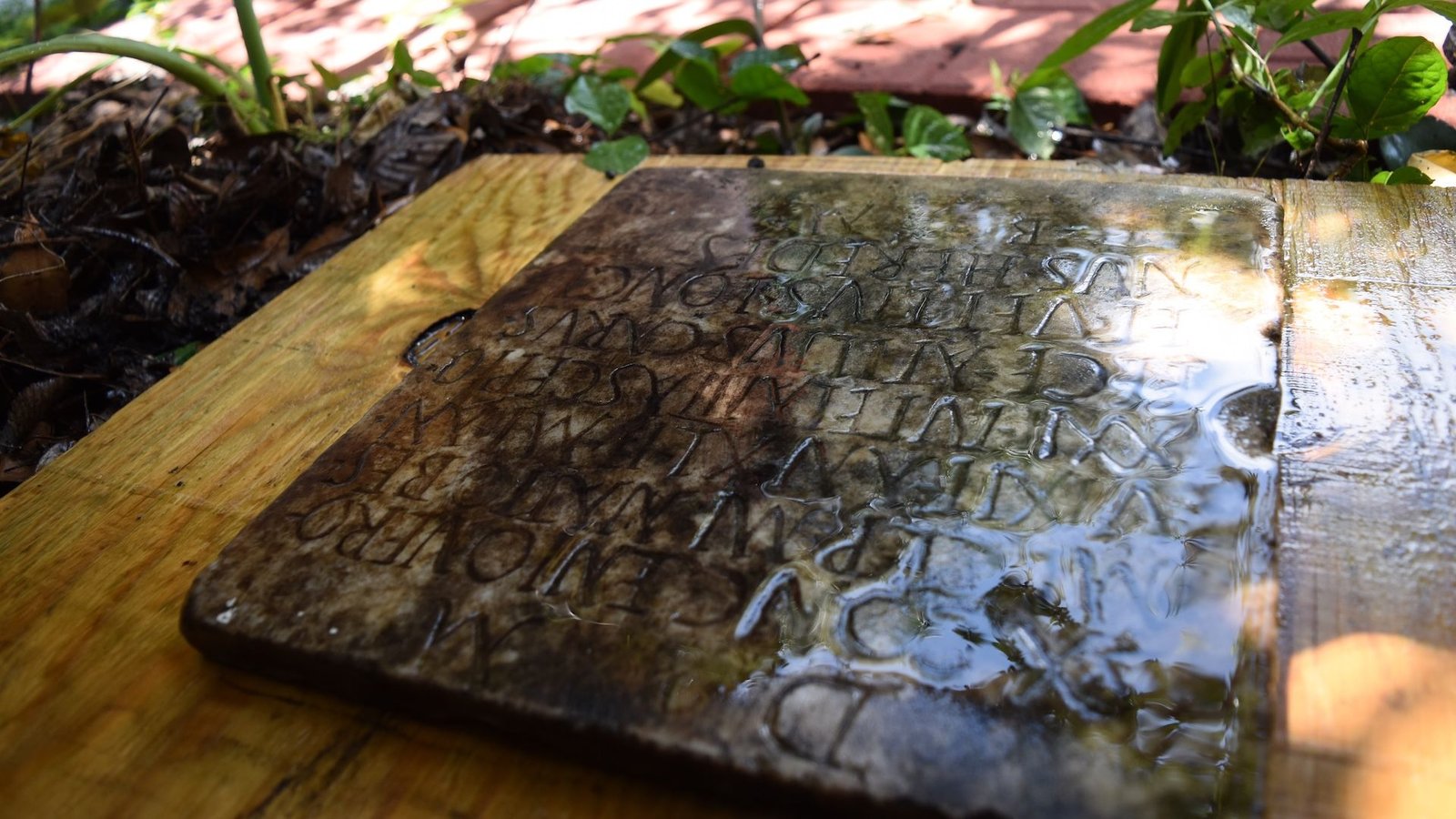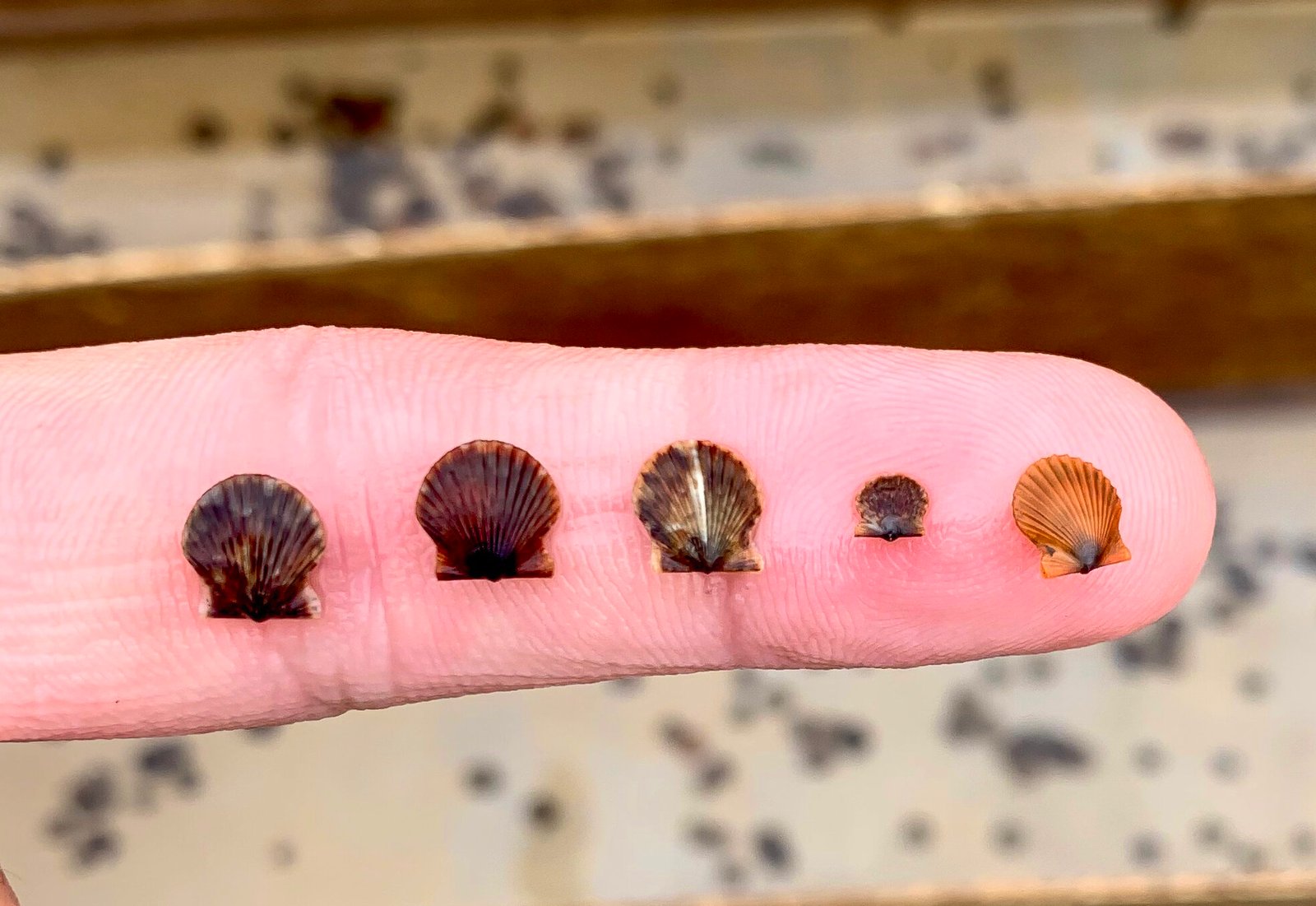
Magnet-like materials have an inner swirl that can only be corralled with circularly polarised lasers
Andrew Ostrovsky/iStockphoto/Getty Images
Researchers have taken control of a previously elusive material behaviour, similar to magnetism, that could be used to build better hard drives in the future.
If you place a bar magnet in a magnetic field, it will rotate under the field’s influence, but a material that has a property called ferroaxiality remains unmoved in every field that physicists know of. Now, Zhiyang Zeng at the Max Planck Institute for the Structure and Dynamics of Matter in Germany and his colleagues have figured out how to control ferroaxiality with a laser.
You can think of common magnetic materials as made of many tiny bar magnets. Zeng says for ferroaxial materials it is more accurate to imagine a collection of dipoles – two opposite electric charges separated by a small distance – that swirl around in tiny whirlpools. He and his colleagues realised that they could control these whirlpools with pulses of laser light, but only if that light also contained some swirliness.
They tuned their lasers to produce circularly polarised light, which, when it hit a ferroaxial material – in this instance a compound of rubidium, iron, molybdenum and oxygen – imparted some rotation onto the material’s atoms. This switched the direction of motion of the dipoles.
Team member Michael Först at the Max Planck Institute for the Structure and Dynamics of Matter says the team has long known that light can be a powerful tool for controlling materials, for instance turning conductors into insulators and vice versa, but tuning its properties just right to control the material was a technical challenge.
“As a proof of principle, this is a beautiful result,” says Theo Rasing at Radboud University in the Netherlands. He says it adds the material to a growing array of options for building more efficient and stable memory devices – hard drives where information is stored in patterns of electromagnetic charge.
But the experiment currently requires cooling the material to about -70°C (-94°F) and the team’s laser was rather large, so more work is needed before building practical devices becomes a real possibility, says Först.
Topics:




